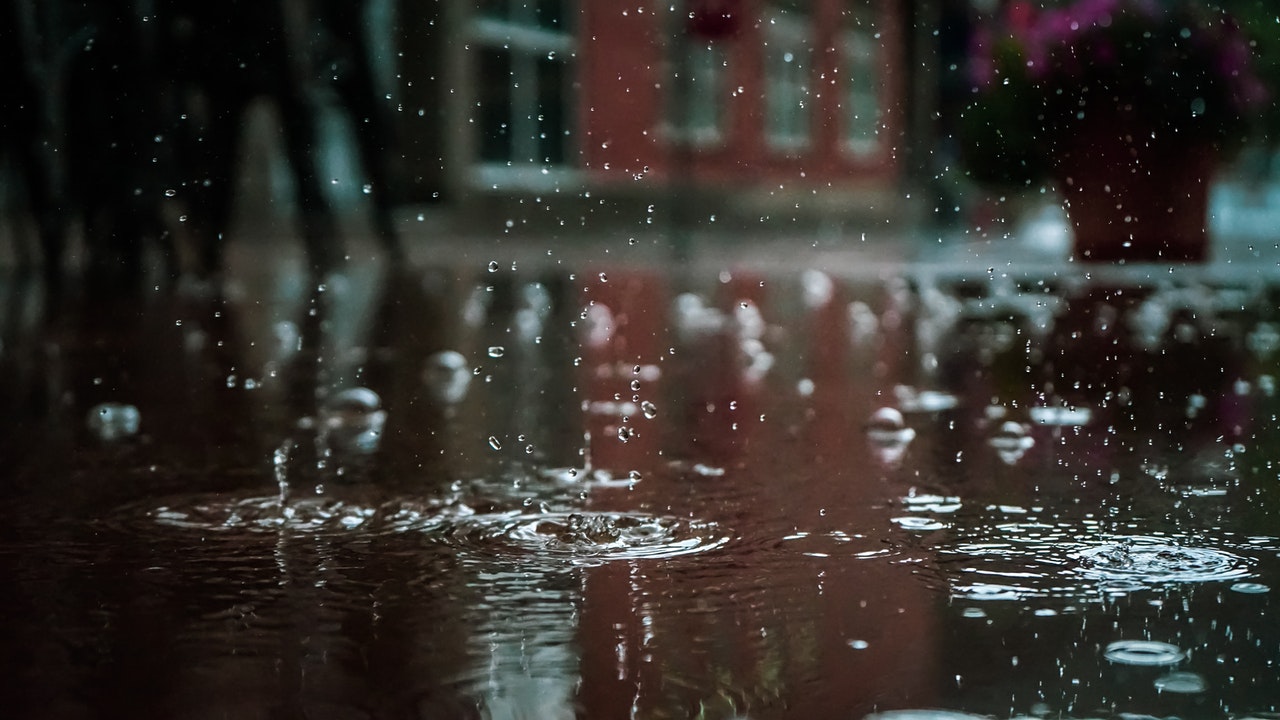Indiana experienced a historic dry spell lasting more than 50 days, causing massive water shortages in parts of the state. More water shortages are foreseen in the future due to climate change, as well as increased consumption as Central Indiana continues to grow. While state officials are scrambling for long-term solutions, residents can take it upon themselves to make their homes more water-efficient.
Plug those Leaks
Leaky pipes won’t just waste water, they can also cause water damage and encourage mold growth. A few drips might not seem like much, but a pin-sized hole in your pipes can cost you an extra $600 on your water bills. A simpler toilet flush valve leak can cost around $150 a month — which is more than the cost of replacing it.
Sometimes leaks are right in front of your eyes, like a dripping faucet. While it may not reflect on your bill, a dripping faucet can waste more than 10,000 gallons of water a year. If you’re not sure if your home has a leak (or leaks), shut off every faucet or water source. Take a reading on your meter and see if it changes in an hour or so. If it doesn’t, you’re in luck. If it does, you’ll need to call the plumbers to help find and deal with the leak(s).
Homeowners in Fisher should be particularly concerned about their water pipes, as the water pressure can go over 100 psi due to their proximity to the White River North water treatment plan
Collect Rain
Harvesting and storing rainwater can make a big impact on your water consumption. It may seem nonsensical to save on water during the rainy season; however, every drop you collect and use is one drop less that you source from existing reservoirs and plants.
$600 can get you a 1,000-gallon water tank which can provide enough water for a week. You can opt to purchase several tanks or bigger ones that go up to 50,000 gallons if you really want to save on water. Modern water tanks have more aesthetic designs (particularly the slimline ones) and they don’t appear as bulky or unsightly as the water tanks of old.
Water harvesting systems are easy to install and require very little labor. It mostly relies on your existing roof, channeling rainwater through pipes and then into storage units. Every inch of rain is enough to garner 1,000 gallons. While it’s pretty safe to drink rainwater, drinking stored rainwater isn’t the same thing. However, you can still use stored rainwater for cleaning and gardening. Harvested rainwater is unregulated, which means you can use it however you want even if the state imposes strict water-use policies.

Reuse Your Shower Water
Greywater systems are one of the best ways to make a home water-efficient and protect the environment at the same time. Your typical shower can consume 10-15 gallons of water — and that’s assuming a shower time of 5 minutes or less.
Greywater systems collect the water you use in your shower, washers, and non-kitchen faucets. Collected water can be used to flush the toilet, wash the car, or water the lawn. Grass is unaffected by soapy water, and you can even opt for organic soaps and detergent if you have more sensitive plants in your garden. Greywater systems can cut water consumption by 30-50 percent, as well as reduce residential runoffs that can affect major waterways. They aren’t as expensive as they seem, with materials and installation costing around $2,000. Opt for commercial plumbing services instead of going to your usual plumber, as installation can be more complex than usual.
Use Water-Saving Fixtures
The right fixtures and appliances can save you thousands of gallons of water a month. One way to ensure you’re using them is by checking for a WaterSense endorsement. Similar to EnergyStar for electrical appliances, WaterSense is a label for water-efficient fixtures, dishwashers, and laundry machines. The standard was made under the guidelines of the Environmental Protection Agency (EPA). A WaterSense label on a showerhead can reduce its water consumption, from the usual 2.5 gallons per minute to 1.75 gallons per minute. Of course, you don’t need to change every fixture or appliance right away. Just note the label the next time you head to the hardware or buy a new dishwasher or laundry machine.
Indiana’s water problems are getting worse. Making a single house water-efficient might not seem like much, but with enough residents becoming aware and doing something about it — the impending crisis can be held at bay or even prevented.